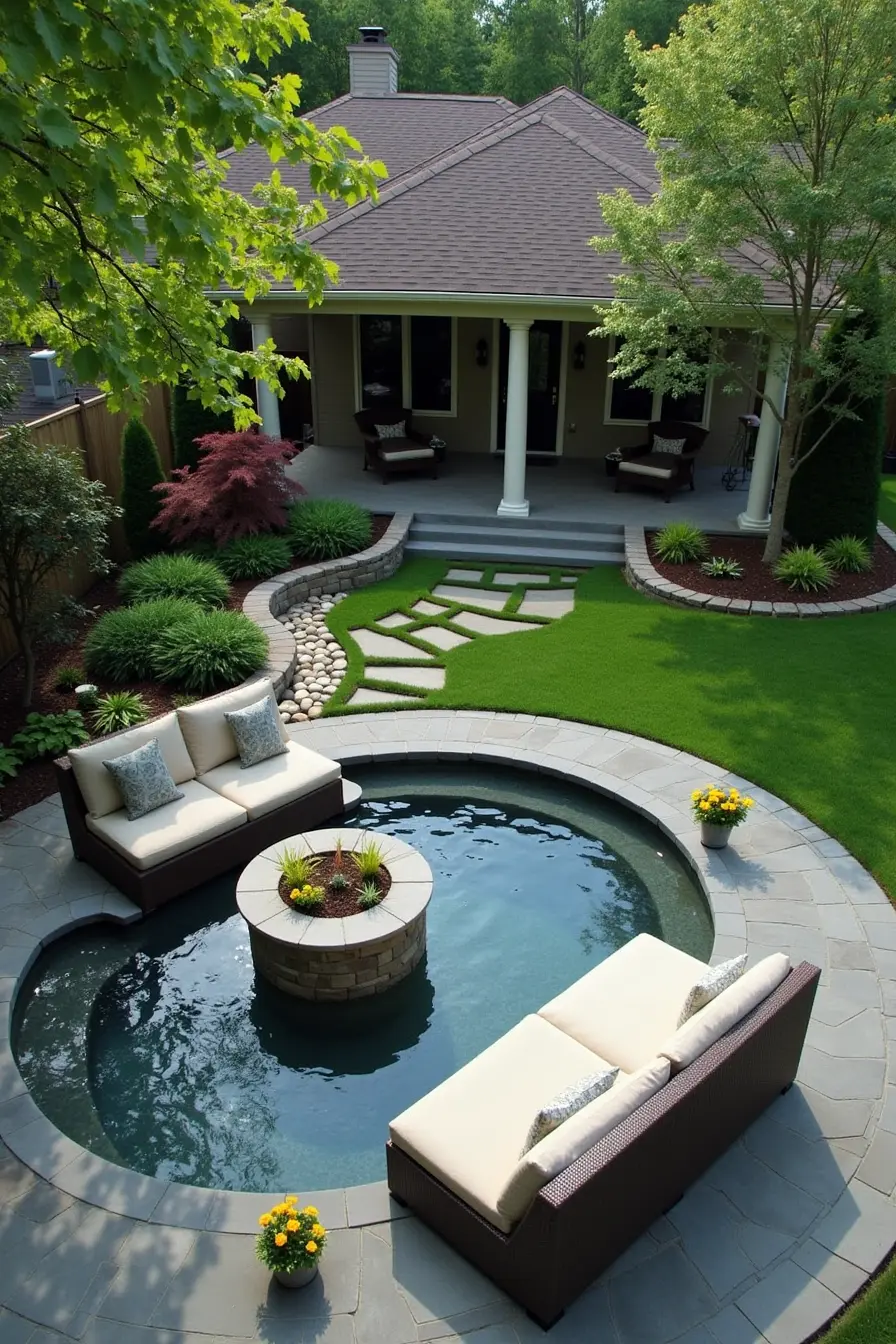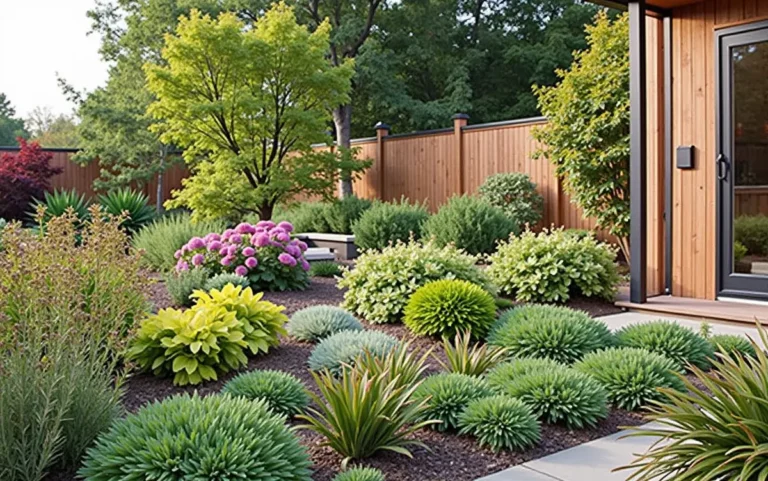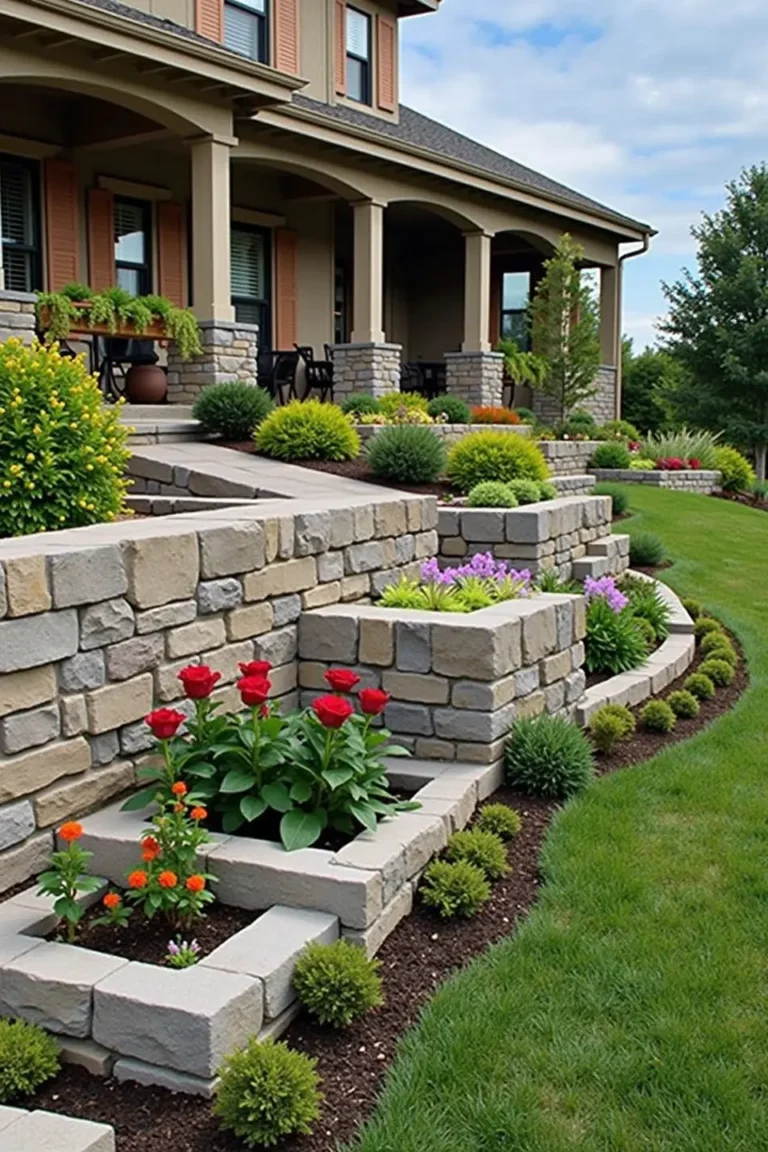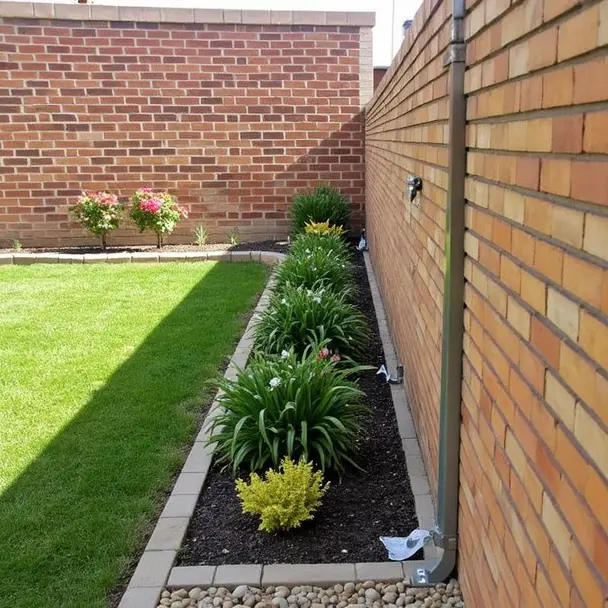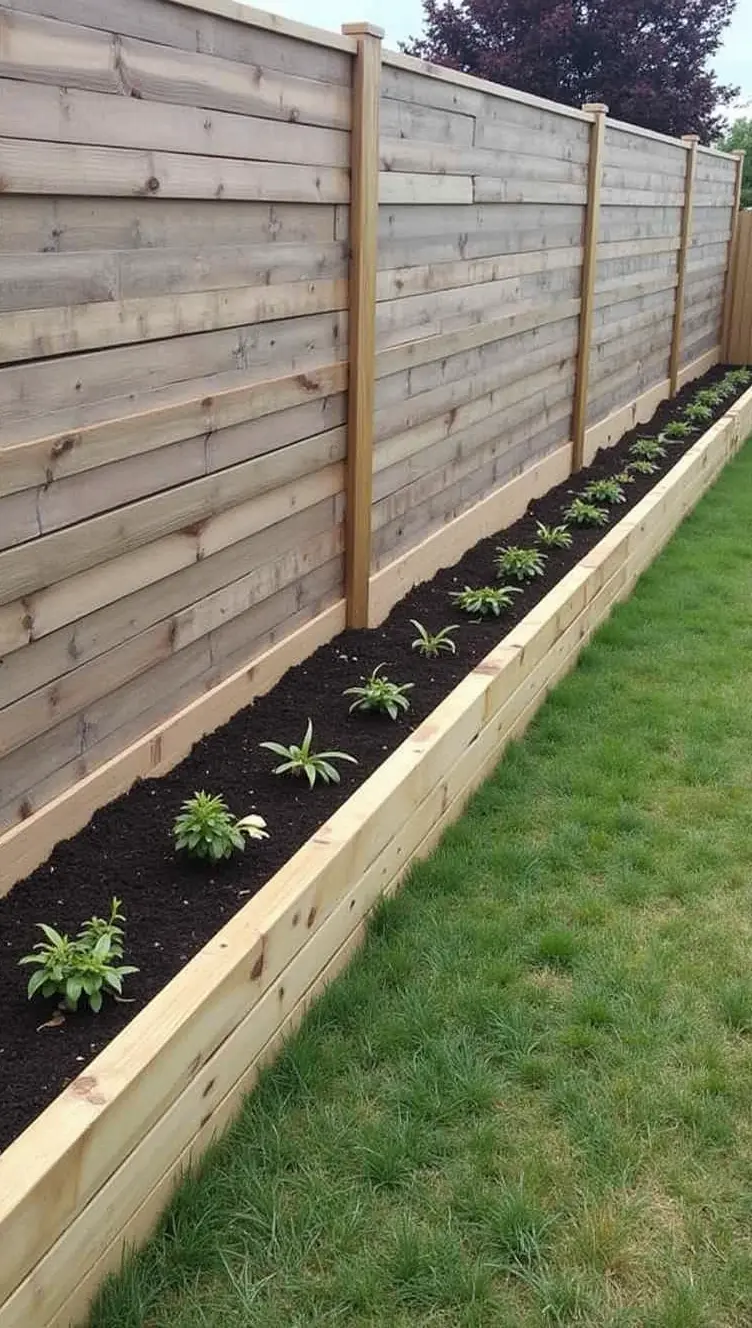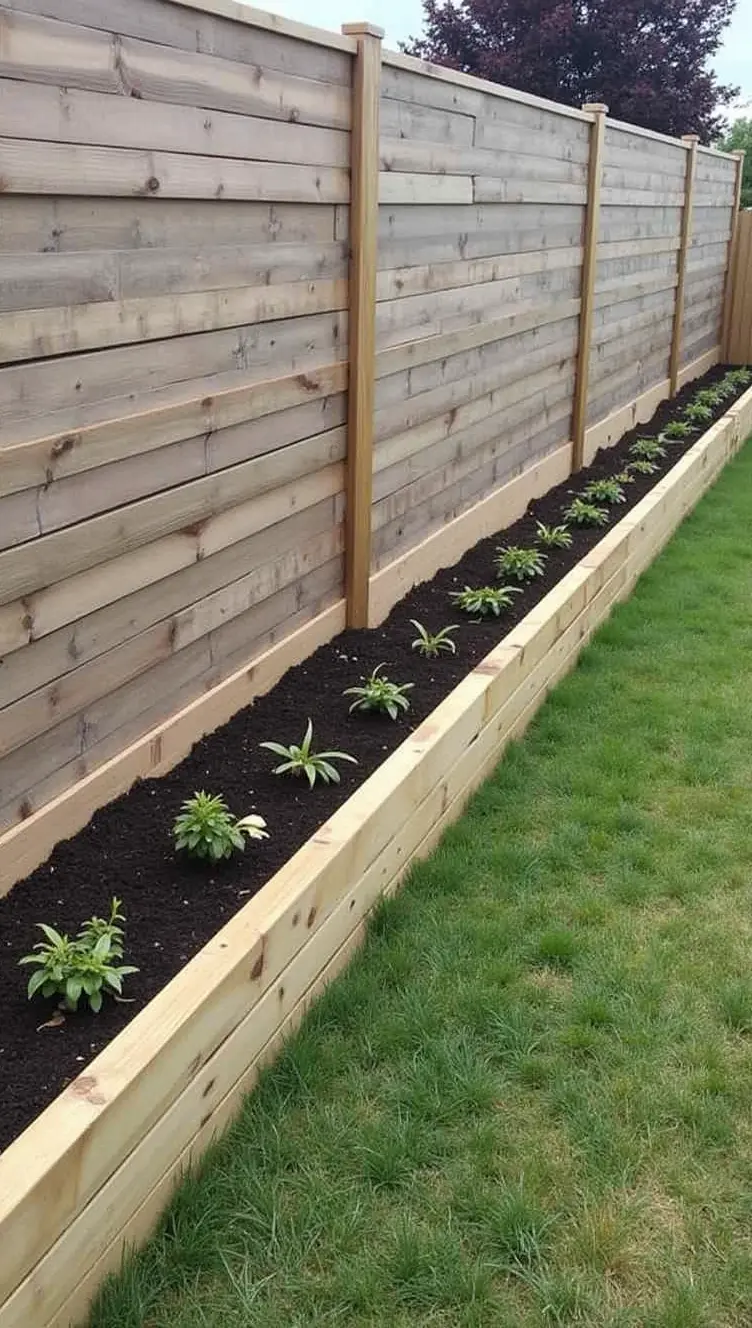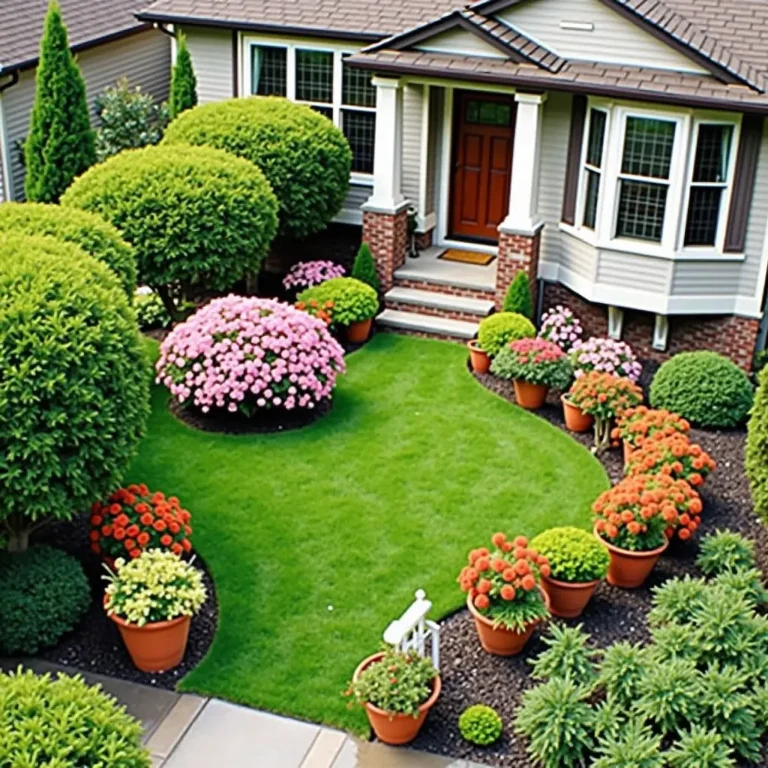Enhance Your Landscape by Incorporating Focal Points
Incorporating Focal Points into Your Landscape
Introduction: The Art of Focal Points in Landscaping
Imagine stepping into your backyard and feeling instantly captivated by a stunning arrangement that draws your eye and invites you to explore further. This is the magic of focal points in landscaping. Just as a well-placed piece of art transforms a room, a thoughtfully chosen focal point can elevate your outdoor space into a breathtaking oasis. In this article, we’ll delve into the significance of focal points, how to integrate them into your landscape design, and tips for selecting the perfect standout element.
What Are Focal Points in Landscaping?
Focal points are specific elements within a landscape that command attention and serve as a visual anchor. They can be anything from a striking tree, a beautifully crafted sculpture, or even a serene water feature. The purpose of these elements is to enhance the overall design, create balance, and guide your guests’ eyes through the space, fostering a sense of movement and intrigue.
Why Incorporate Focal Points?
Focal points do more than just beautify your landscape; they play an essential role in design. Here are a few reasons to incorporate them:
- Visual Interest: A well-placed focal point can break the monotony of a landscape, adding depth and texture.
- Guiding Flow: Focal points help direct the viewer’s gaze and encourage exploration of different areas within your garden or yard.
- Creating Contrast: They can create a harmonious balance with surrounding elements, enhancing colors and shapes.
Types of Focal Points to Consider
When choosing focal points for your landscape, consider the various options available:
1. Trees
A mature tree can serve as a magnificent focal point, with its height and structure drawing the eye. A flowering dogwood or a stunning maple tree can provide seasonal interest.
2. Garden Sculptures
Artistic sculptures can add personality to your garden. Choose pieces that resonate with your style—be it contemporary or classical—to create a cohesive look.
3. Water Features
Nothing whispers tranquility like water. A pond, fountain, or waterfall can be an exquisite focal point, enhancing the sensory experience of your landscape.
4. Pathways and Walkways
Curved or straight paths can lead the eye to a focal point, creating a sense of journey through your landscape. Consider using unique materials or shapes to add interest.
5. Colorful Flower Beds
A vibrant bed of flowers can serve as a lively focal point, especially when arranged in asymmetrical patterns that contrast with the greenery around.
Design Tips for Incorporating Focal Points
Once you’ve identified the focal elements you’d like to use, here are some design tips to maximize their impact:
- Consider Scale: Make sure your focal point fits harmoniously within the overall space. A massive sculpture may overwhelm a Small Garden, while tiny accents may get lost in a vast landscape.
- Placement Matters: Position focal points along pathways or places where guests naturally gather to ensure they catch the eye.
- Layering is Key: Utilize surrounding plants and elements to create a layered look that draws attention toward the focal point.
Maintaining Your Focal Points
To ensure your focal points remain pristine and inviting, regular maintenance is crucial. This includes seasonal pruning, cleaning sculptures, and tending to surrounding plants to make sure they don’t overshadow the main attraction.
Conclusion: Transform Your Landscape Today
Incorporating focal points into your landscape transforms your outdoor space from ordinary to extraordinary. By thoughtfully selecting and placing these elements, you create a stunning visual narrative that invites exploration and admiration. Take some time this weekend to reflect on your landscape and consider how a focal point could enhance its beauty and functionality.
FAQs
What is the best focal point for a Small Garden?
In a Small Garden, a vertical element, such as a trellis with climbing plants or a tall sculpture, can create an illusion of height and make the space feel larger.
Can I have multiple focal points in one landscape?
Yes, you can incorporate multiple focal points. Just ensure they are well-balanced and spaced to avoid visual clutter.
How do I decide on the right focal point for my yard?
Consider your personal style, the existing elements in your landscape, and the feelings you want your space to evoke. Think about size, color, and shape to ensure harmony.
Are focal points only for large gardens?
No, focal points can enhance small and large gardens alike. The key is to choose appropriately scaled elements that complement the surrounding space.
Do focal points need to be permanent elements?
Not at all! Temporary elements, such as decorative seasonal displays or potted plants, can serve as focal points and provide flexibility in your design.
